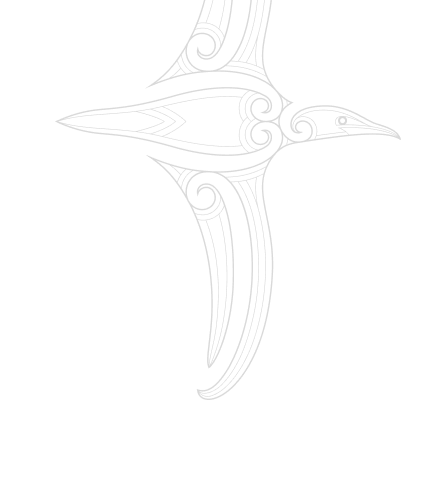This main part of the report begins with data on outcome indicators for tamariki and rangatahi Māori currently involved in the oranga tamariki system and Māori adults aged 27–30 who were involved in the system as children.
We then look at the way in which Oranga Tamariki works with Māori, including through its strategic partnerships under section 7AA of the Oranga Tamariki Act.23
We finish with a closer look at three parts of the oranga tamariki system – reports of concern, FGCs and youth justice intervention.
